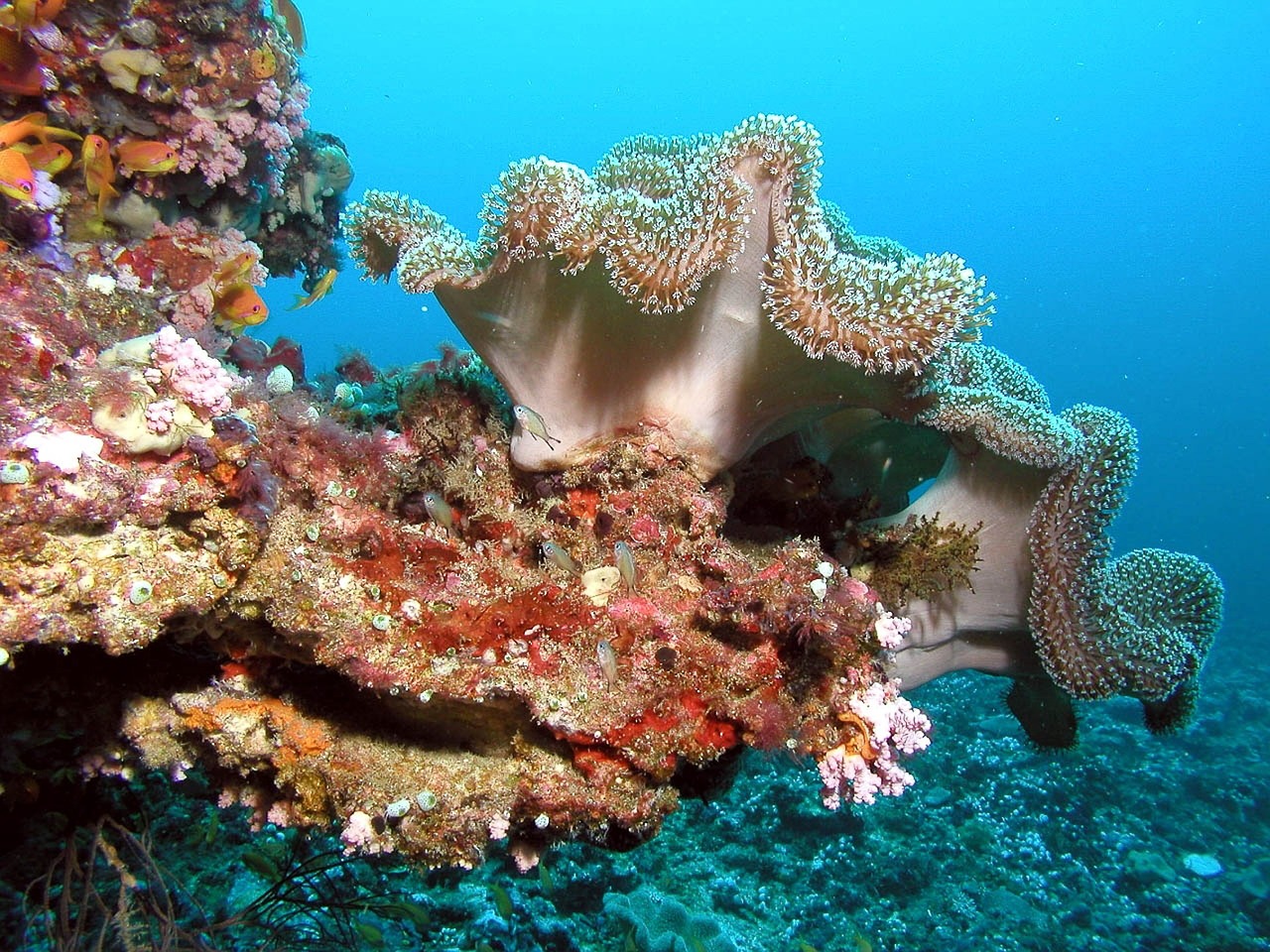CORAL BLEACH
Corals are living organisms that can be found in tropical warm waters (more than 20ºC), with high salt concentration. Together they form a massive calcareous structure which are known as reefs.
The reefs are home to a large number of species of fish and invertebrates and together they constitute communities with the biggest and greatest biodiversity in the world.
These organisms live in a symbiotic relationship with an algae called Zooxantela, an unicellular algae capable of photosynthesis that is able to reproduce and live inside the coral tentacles. The corals ability of building their own calcium skeleton is because of this algae, it provides the necessary carbon. The corals are modular animals called polyps.

Unfortunately these incredible animals are under a serious and deadly threat in our oceans. THe corals are suffering from mass bleaching events that turn their vivid colors to white and the skeleton is exposed. This happens because the corals polyps get stressed and they end up expelling the algae, therefore losing their main food resource. A bleached coral is not a dead coral and can recover from it. However if the bleaching event keeps going until they are left out of nutrients to survive they can die.
Why are bleaching events happening?
- Rising ocean temperatures
Because of climate change, the water temperatures are rising at an alarming rate. And this is the main reason why corals from all over the world are turning white.
- Sedimentation
Because of deforestation there’s a lot of areas by the rivers margins without structure. In the rainy season and without the much needed support provided by the trees the land ends up crumbling into the sea. It will later cover the corals and the algae will not be able to catch the light it needs to make the photosynthesis. The algae dies and the corals lose their main food resource.
- Contamination
The currents provoked by heavy rainfalls can bring pollutants to the ocean that will contribute to coral bleaching. We have to keep in mind that corals are super sensitive animals that react to minor changes of the environment around them. The majority of the products we use at home, chemicals used in the industry and agriculture, have a big impact on sea life and the reefs.
- Sunlight overexposure
When the temperatures are higher than normal, the sunlight irradiation will heat up the water temperature significantly and that will have a direct impact on the corals that are on shallow waters.
- Extreme low tides
Exposure of corals to air during extreme low tides can cause coral bleaching.

